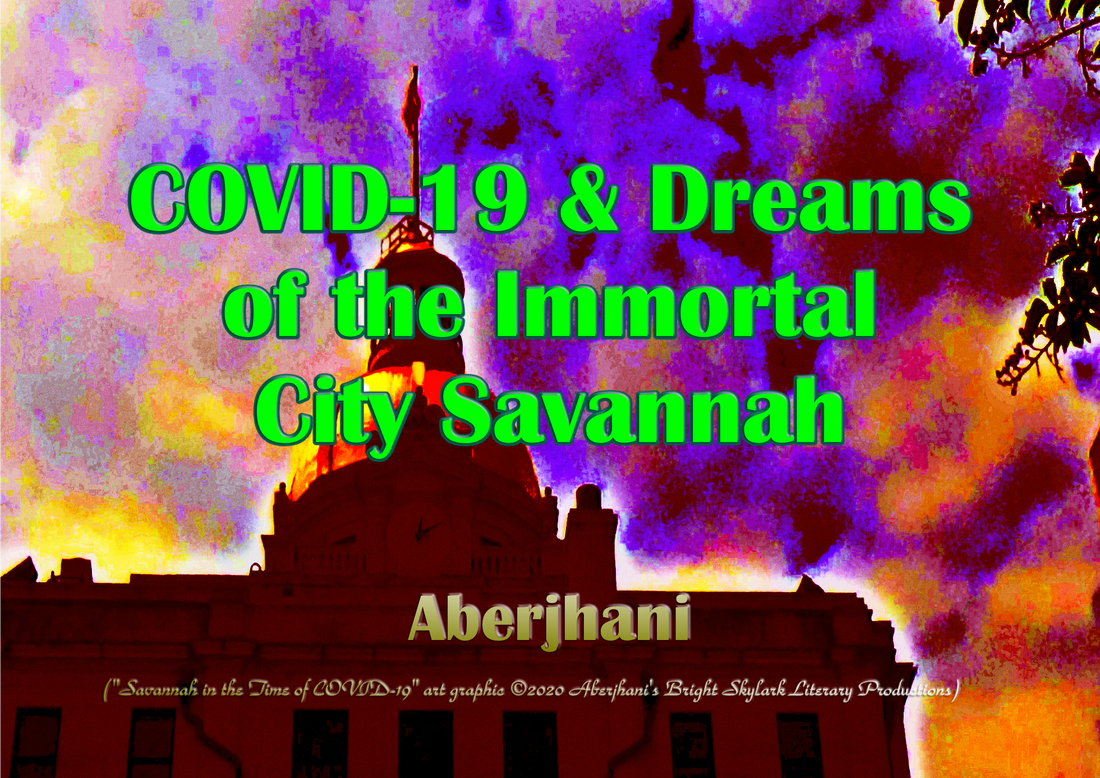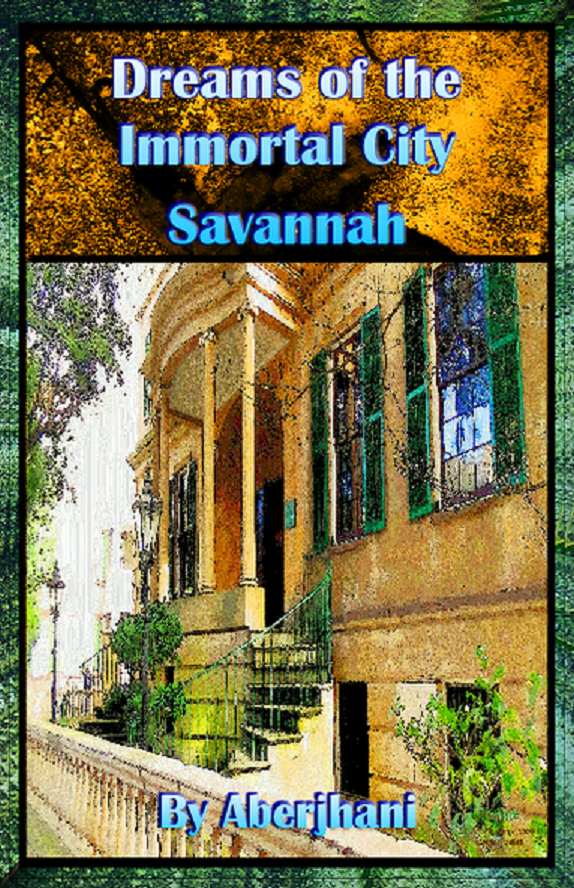|
A loud collective gasp of disbelief was almost as tangible as it was audible when Savannah’s Mayor Van Johnson II announced March 10, 2020, he and other city leaders had opted to follow the example of those in other major cities around the world––Dublin, New York, and Boston among them––and cancel the annual St. Patrick’s Day Parade and Festival due to concerns over the COVID-19 virus. The St. Patrick’s Day celebration in Savannah is generally considered one of the largest in the world and anywhere from half a million to more than a million visitors usually crowd the city’s downtown Historic District to join the festivities. The economic boost from the event is substantial and for many businesses operating in the downtown area it represents their first-quarter Black Friday. Economic gain, however, is only advantageous if one is alive to enjoy it. With the World Health Organization reclassifying what started out as the Coronavirus epidemic as a full-blown pandemic, Mayor Johnson reached the same conclusion others did: “We must put the health, wealth, and safety of our citizens first.”
The Power of ResilienceThe ability of citizens of Savannah to bounce back from major disasters is a primary inspiration behind the title of the book Dreams of the Immortal City Savannah. The word Immortal of course is a hyperbolic description meant to honor citizens’ collective spirit of resilience demonstrated over the centuries. The St. Patrick’s Day Parade has been an annual guaranteed good time with only half a dozen cancellations since its establishment in 1824, almost 200 years ago, so resilience is something on which citizens are relying heavily at this time. COVID-19 might be a new version of age-old plagues which have struck humanity from time to time but, throughout the 1800s, Savannahians had to deal with a succession of devastating “yellow fever” epidemics. Caused by virus-transporting mosquitoes originally found in Africa, the disease took the lives of: 4,000 people between 1807 and 1820; 580 people in 1854; and 1,066 in 1876.
The more apparent existential threat to the city in modern times has come from seemingly more intense and more frequent hurricanes often attributed to climate change. Readers have gotten a powerful sense of what that means from the story “Trees Down Everywhere” published in Dreams of the Immortal City Savannah. Where COVID-19 is concerned, they might draw some encouragement from these words from the introduction: “Almost 300 years after a succession of wars, hurricanes, plagues, fires, migrations, and the Emancipation Proclamation, [James] Oglethorpe’s original basic physical design of the colony has proven enduring even while the city as a whole has morphed into a cosmopolitan center of commerce, diverse demographics, cultural arts, military facilities, and scientific research dedicated to preserving the surrounding natural environment as well as further developing means to leave earth’s boundaries altogether. Consequently, if he were able to see his masterful cityscape as it stands now, the founder might very well, as some have suggested, recognize it based on his plan. But he would also have to make some serious adjustments in regard to how society itself has evolved…” Such an adjustment unquestionably would represent a very difficult challenge for the state of Georgia’s founder. Very difficult. But it is easy to imagine he would somehow manage to rise to the occasion and meet that challenge. Rising to the occasion the meet the deadly challenge of COVID-19 is really the only option Savannahians and humanity as a whole have at this moment in history. It’s good to know we possess the capability to do exactly that. Aberjhani©March 2020
0 Comments
Your comment will be posted after it is approved.
Leave a Reply. |
About the Author:A passionate reader, committed writer, artist, photographer, dedicated practitioner of mindfulness, hurricane survivor, maker of poems, believer in the value of compassion, historian, award-winner, journalist, adherent of beauty, and student of wisdom. Archives
January 2023
|


 RSS Feed
RSS Feed